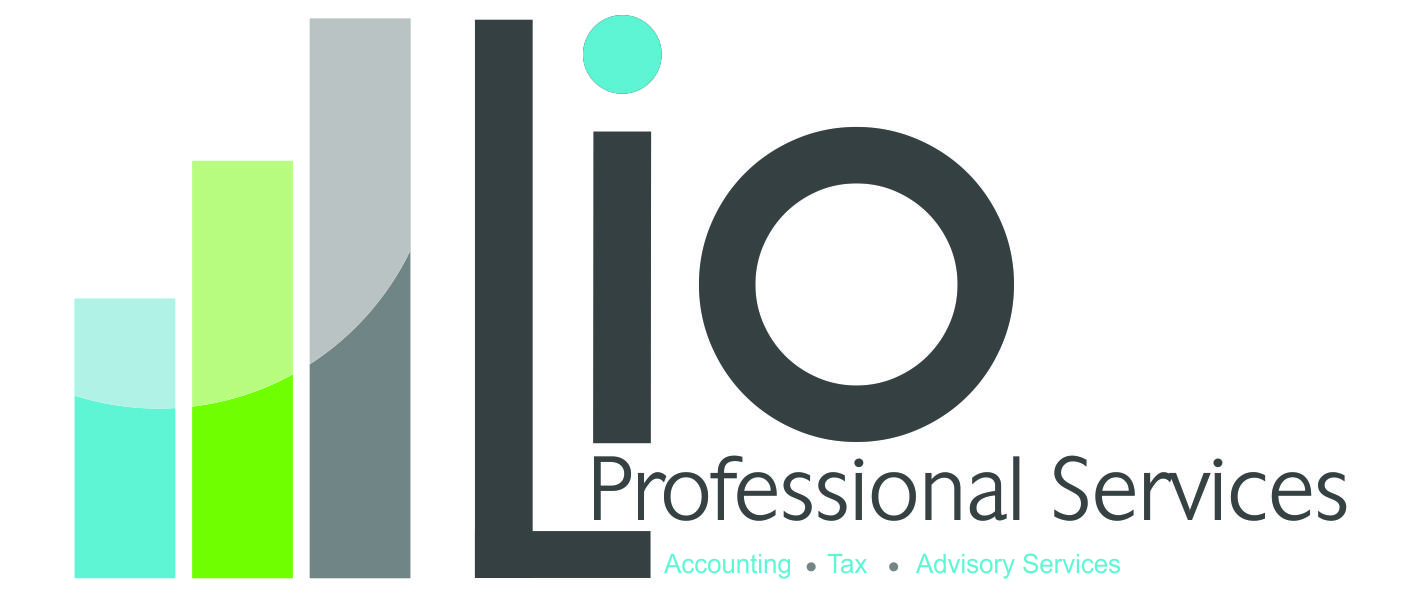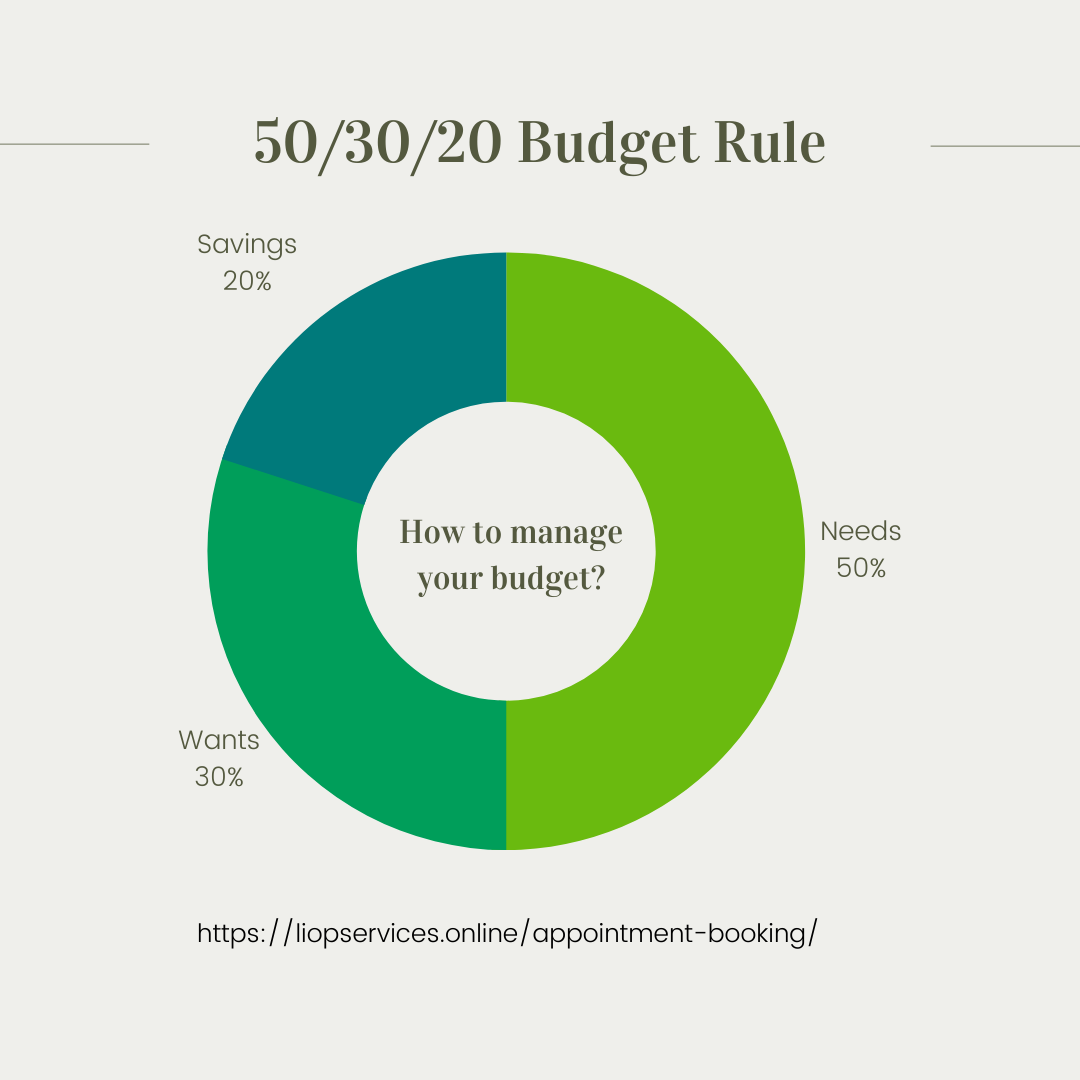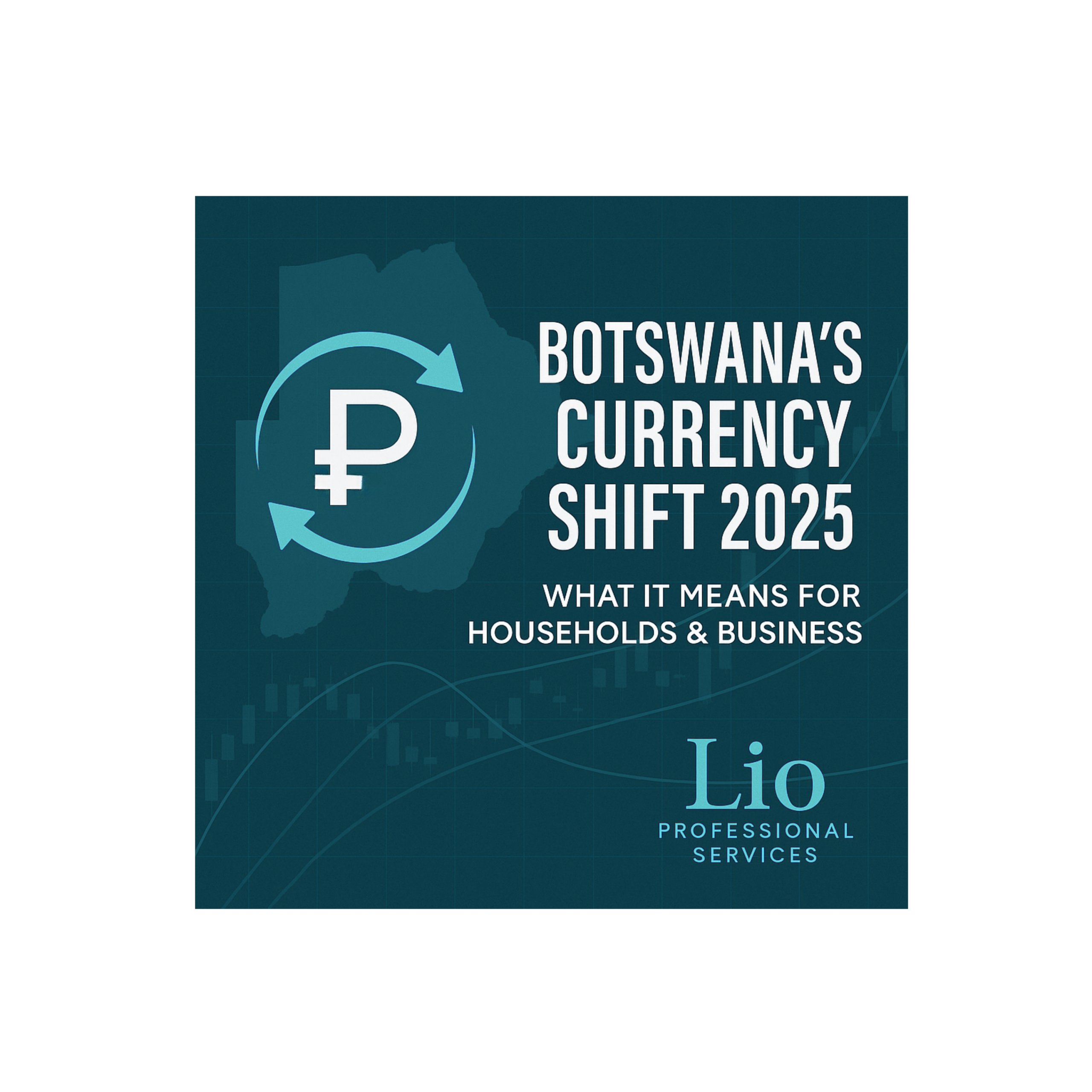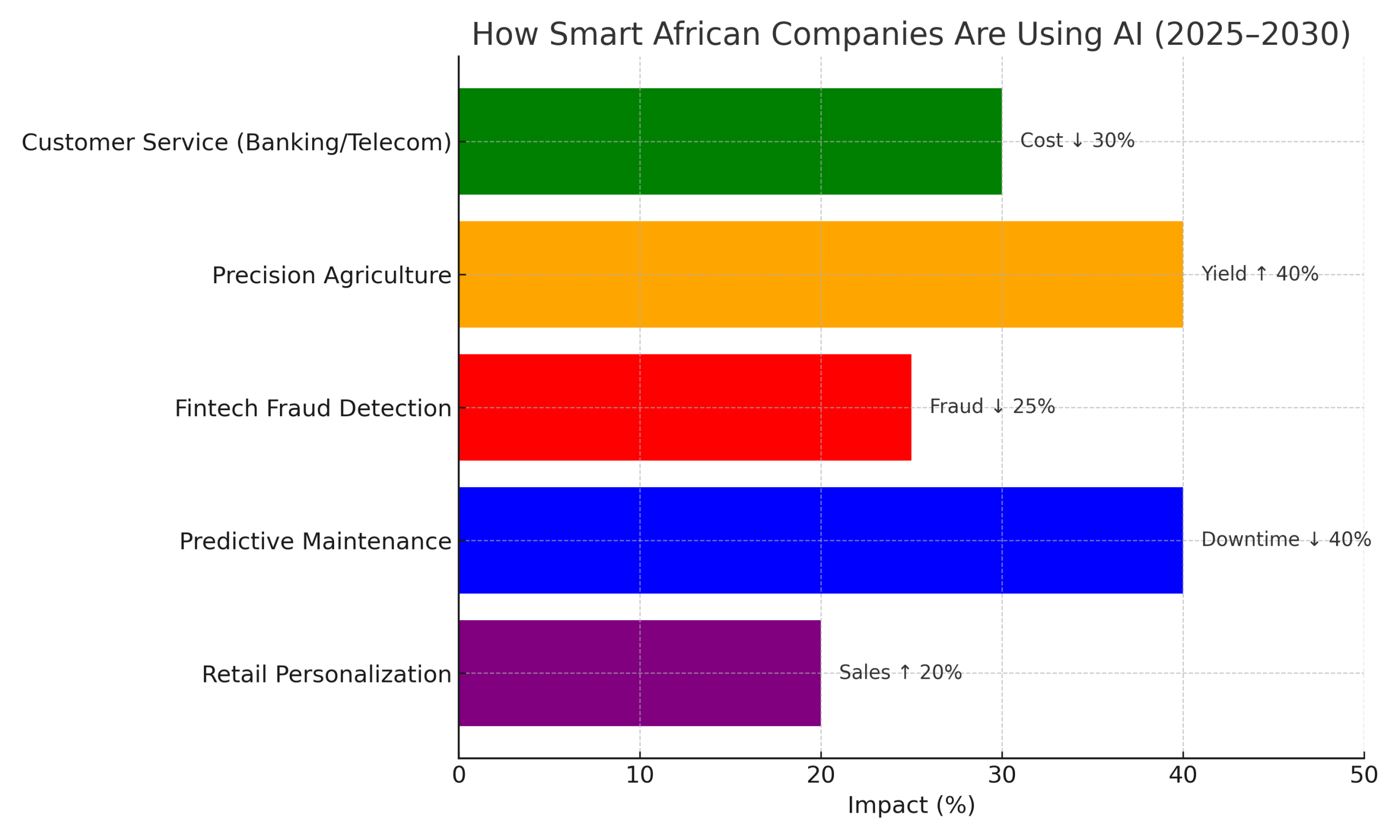A business cash flow forecast will give you vital business intelligence to help you scenario-plan, search for cost-savings and look for strategies that will preserve your cashflow position. Let’s talk.
Projecting your cashflow pipeline forwards is vital.
To be able to navigate the future path of your cashflow, you need to start forecasting – so you can map out your financial position over the coming months and can take the appropriate action to safeguard your cash position.
Plus, when you have access to detailed forecasts you can scenario-plan, search for cost-savings and look for strategies that will preserve your cashflow position.
Forecasting your future cash pipeline
Remaining in control of the cash coming into (and going out of) the business is the real focus, so you can accurately predict your financial position and can resolve any issues.
Key ways to get more from your forecasting
- Run regular forecasts– The financial landscape is changing on a daily basis at present. A cashflow forecast is not a document that remains static. Variables and external drivers are literally changing each day, so it’s vital that you run frequent forecasts and react swiftly to any projected cash issues as they become apparent.
- Use the latest cashflow forecasting apps– cashflow forecasting apps, like Fluidly, Float, or Futrli, integrate with your Xero accounts, giving a drilled-down view of how your cash inflows and outflows will pan out over the coming months – information that will inform and justify the decisions you make during these extremely challenging times.
- Explore the right revenue streams– most sectors will have seen their face-to-face sales drop to absolute zero since quarantine restrictions came into place. To overcome this, there’s a real imperative to explore revenue streams and new opportunities for income. An example of this is coffee shops that now sell roasted beans online (this will depend on lockdown restrictions). The idea is to find ways to increase the money that’s coming in the door and balance out your unavoidable expenses.
- Get proactive with cost-cutting– if you can reduce cash outflows to a minimum, that will have a real impact on the health of your future cashflow. Pare back your operations and aim to reduce things like unnecessary software subscriptions, or over-ordering of basic supplies. Negotiating cheaper rates with suppliers, if possible, will also help.
- Review your staffing needs– now’s not the time to make anyone redundant, but you can look at ways to reduce the costs of staffing and resourcing. Reducing working hours or redeploying staff in different roles are all options that reduce payroll costs, while also looking after your staff’s welfare.
- Run a variety of scenarios– changing the financial drivers in your forecast model allows you to scenario-plan different strategies and options. Many of these will be in a long-term plan when restrictions ease. Scenario-planning lets you answer questions and will give you some hard evidence on which to base your decision-making and strategic outlook over the coming months.
- Look at various ways to access funding– if forecasts show a giant cashflow hole coming up, you’re going to need additional funding to get through this crisis. We can assist your business to investigate funding opportunities from grants, banks, loan providers, alternative lenders and crowd-sourcing funders.
Talk to us about setting up cashflow forecasting
Forecasting is an important step to give you the business intelligence to support your decision making.
Get in touch to improve your control over cashflow.






